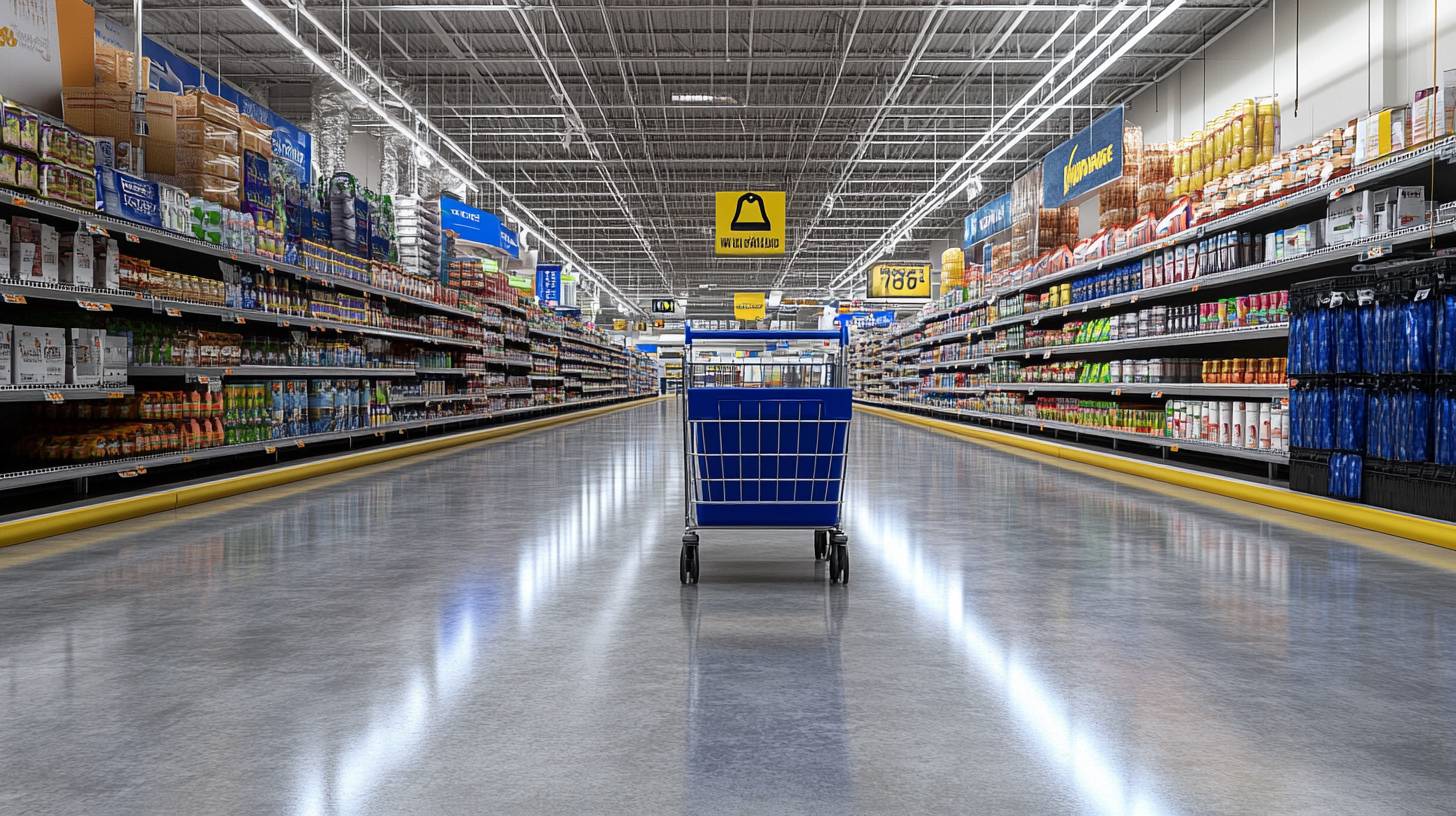
The transformation of rapid shipping in retail
Rapid shipping has emerged as a fundamental element of contemporary retail, significantly changing consumer expectations and transforming the logistics landscape. The progression of this service has been remarkably impactful, especially as key players like Amazon have established new standards for speed and effectiveness. When Amazon rolled out two-day free shipping for Prime members, it was more than just a benefit; it represented a significant shift. The concept of enduring a wait of a week or longer for items to arrive became nearly unimaginable.
This alteration in consumer expectations has caused a cascading effect throughout the retail industry, urging other major companies to adapt or face losing market ground. Nowadays, next-day or even same-day delivery is considered an expectation rather than a luxury for many shoppers. Retailers have been compelled to enhance their logistics capabilities to fulfill this rising demand, investing substantially in technology, infrastructure, and supply chain management.
In Australia, the effects of this transformation are evident. Local retailers have been required to elevate their offerings to compete with global titans. Organizations such as Woolworths and Coles have broadened their online delivery options, while Australia Post has increased its parcel delivery infrastructure to match the surging demand for rapid shipping. The urgency to deliver swiftly and effectively has never been more intense, and those unable to keep pace are at risk of falling behind.
Nevertheless, it’s crucial to recognize that fast shipping presents as much a financial challenge as it does a competitive edge. The logistics required to guarantee that millions of orders are completed accurately and punctually is an intricate and costly task. Yet, for retailers, the capacity to provide quick delivery has become an essential component of fostering customer loyalty and, ultimately, driving revenue growth.
Walmart’s targeted emphasis on drone delivery
Walmart’s targeted emphasis on drone delivery signifies a daring step in the ever-evolving competition to redefine the future of retail logistics. While the idea of drone delivery may still appear futuristic to some, it is swiftly becoming a reality, especially in markets like the United States. Still, the path has not been without obstacles, and Walmart’s recent choice to reduce its drone operations in specific cities highlights the intricacies of this advanced technology.
In Australia, the prospects for drone delivery are equally attractive, particularly given the nation’s extensive geography and often secluded communities. The capacity to transport goods rapidly and effectively through drones could transform the shopping experience for Australians, especially in rural and regional locations where conventional delivery methods can be sluggish and expensive. However, deploying such services will necessitate substantial investments in infrastructure, regulatory approvals, and consumer awareness.
Walmart’s strategy for drone delivery has been careful and deliberate, concentrating on core markets where demand and logistical viability converge. By focusing its efforts in the Dallas-Fort Worth region, Walmart seeks to enhance its drone technology and operational methodologies prior to contemplating wider expansion. This approach is not only about scaling up; it’s also about refining the model to ensure it is both cost-efficient and dependable.
For Australian retailers, there are critical takeaways from Walmart’s journey. Introducing drone delivery services in Australia would likely follow a similar trajectory, commencing with pilot projects in chosen urban locales prior to extending into more remote areas. The challenge will be finding the right equilibrium between innovation and feasibility, ensuring the service meets customer expectations without becoming a fiscal burden.
Moreover, the collaboration between Walmart and its drone partners, such as DroneUp, Wing, and Zipline, emphasizes the significance of strategic alliances in this arena. Australian retailers aspiring to explore drone delivery will need to establish similar partnerships with technology providers and logistics specialists to navigate the challenges of this budding domain.
As the retail environment continues to evolve, integrating drone delivery could serve as a key differentiator for those willing to invest in the technology. Although it may still be at an early stage, the potential for drones to transform the future of retail logistics in Australia is unmistakable. The true challenge lies in realizing this vision in a manner that is both scalable and sustainable, ensuring the advantages of quick, efficient delivery are achieved without compromising on cost or quality.

